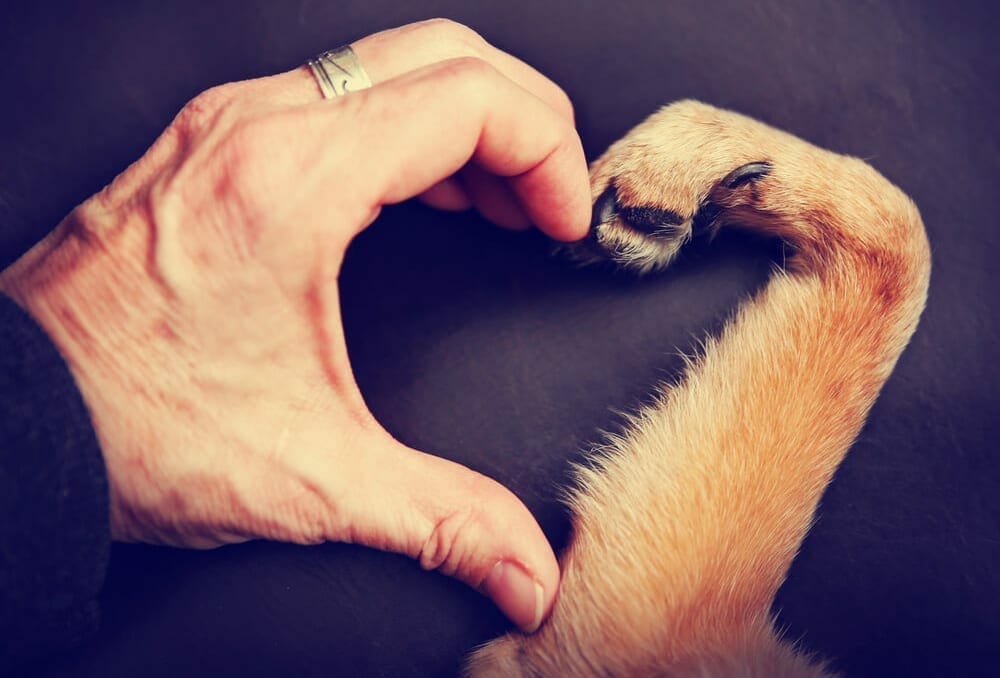
Dew Claw Care
Ever wondered what that little claw on your dog’s front and hind legs are? This little ‘thumb’ can become quite troublesome for some pooches. We take a look at how you can care for your dog’s dew claws and what to do if they become injured.
Understanding Dew Claws
Dew claws are a common feature on most dogs’ front feet, and in some cases, on their back feet as well. These extra claws don’t always pose issues, but they can become problematic in certain situations.
Dr. Sarah Goldsmid’s Insights
According to Specialist Small Animal Surgeon Dr. Sarah Goldsmid, dew claws can vary in their attachment and potential for causing problems. Some dogs have double dew claws, and their attachment can range from a firm bony articulation to a more flexible soft tissue connection.
When Dew Claws Become Troublesome
Dew claws can become problematic and painful when they get caught on objects like fences or during play with other dogs. In such cases, intervention may be necessary to alleviate discomfort and prevent further issues.
Other common problems include:
- Trauma
- Torn Nail
- Infection
- In-growing Nail
If you notice your pets dew claw is inflamed or injured a trip to the veterinary clinic is in order. If the area is bleeding and torn, apply pressure and call the clinic for advice. Do not attempt to cut or pull the nail.
Preventing Dew Claw Issues
Ensuring your pet’s dew claws don’t become a problem involves establishing a grooming routine from an early age. Dr. Goldsmid suggests several steps to help you manage your dog’s nails effectively:
1. Regular Nail Checks
Frequently examine your dog’s nails and keep them trimmed, starting when they are puppies. If you’re uncertain about proper nail trimming, consult your local veterinarian for guidance.
2. Familiarize Your Pet
Accustom your pet to having their feet touched and handled when they are young. This helps reduce their reactivity when it’s time for nail trimming. Dr. Goldsmid recommends this practice, especially for dogs with white nails, which make it easier to spot the quick and avoid cutting too short.
3. Seek Professional Assistance
If you lack confidence in trimming your pet’s nails, don’t hesitate to seek professional help. A mistake during a nail trim can make future attempts more challenging. Always use high-quality sharp nail clippers for a smoother process.
The Dew Claw Challenge
Dew claws present a unique challenge because they don’t naturally wear down like other nails. Regular trimming is crucial to prevent overgrowth, which can lead to various issues, including getting caught and causing injury. Overgrown dew claws can even become ingrown, resulting in infection and pain.
Early Training and Regular Checks
Dr. Goldsmid emphasizes that training your pet to allow foot inspections from a young age is beneficial. Since dogs can be sensitive about their feet, making the process easier helps in maintaining their overall paw health. Additionally, perform routine checks on your pet’s nails and feet for any signs of swelling or pain around the nailbed.
Dew claws are the digit-one of a five-digit foot and are part of the evolution of the dogs paw with five-digits. Equivalent to our thumbs and big toes. In the forelegs, the dew claws (that are articulating) can add dexterity to a dog’s ability to grasp objects, climb or pull themselves along. The hindleg dew claw is less likely to have any significant use and does not interact with the ground at a normal gait. The foreleg dew claws may interact with the ground at fast gaits and aid in stabilizing the carpus (wrist).
Get the latest Pet Insider Tips & News
We offer award-winning* pet insurance policies to protect your furry friend’s health and wellbeing. Get a quote today and give your pets the care they deserve.
Archives
Categories
- Cat Care (64)
- Cats (1)
- Dog Care (124)
- Guides (28)
- Health and Nutrition (200)
- Lifestyle and Activities (219)
- Media Release (24)
- Pet Care (246)
- Rescue Dogs (1)

